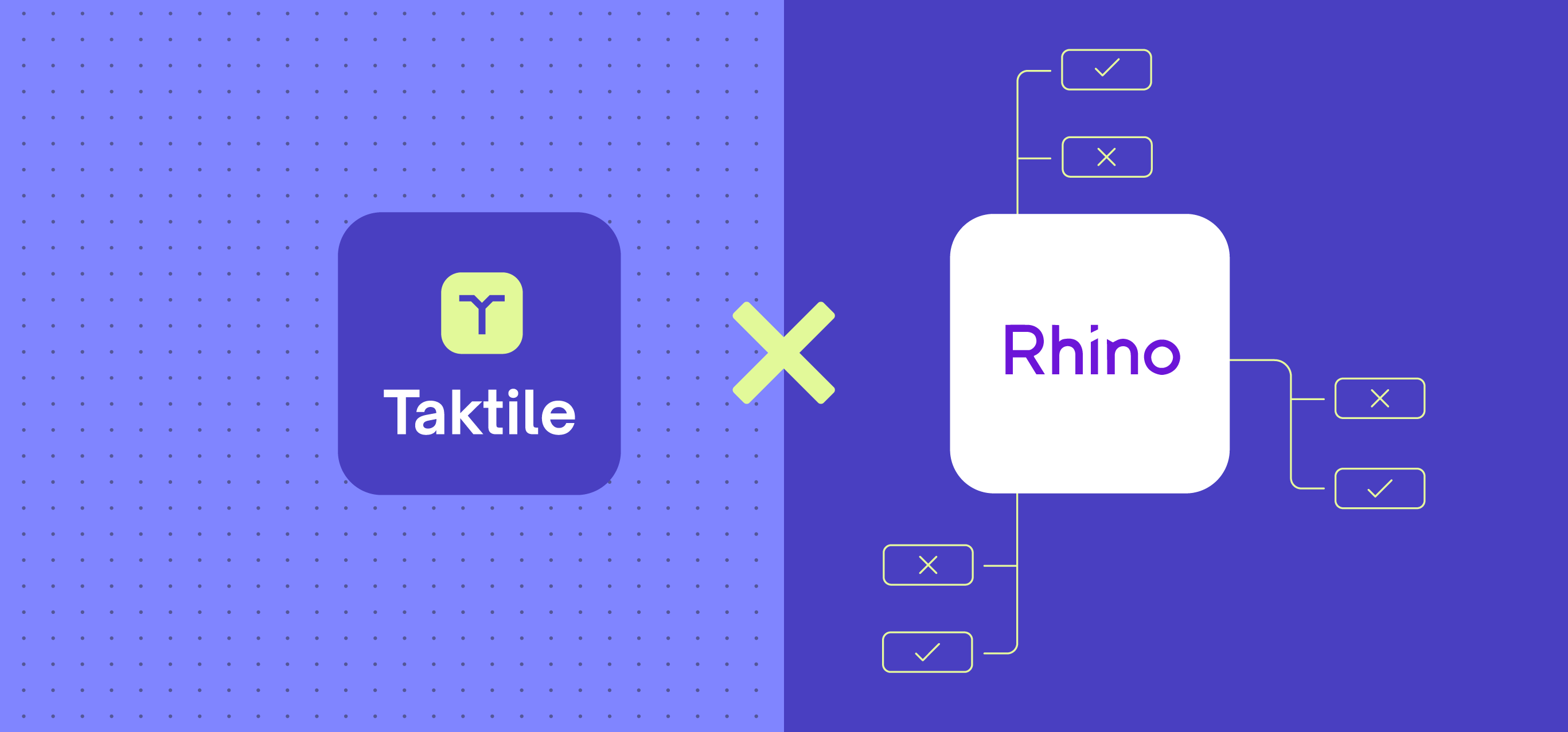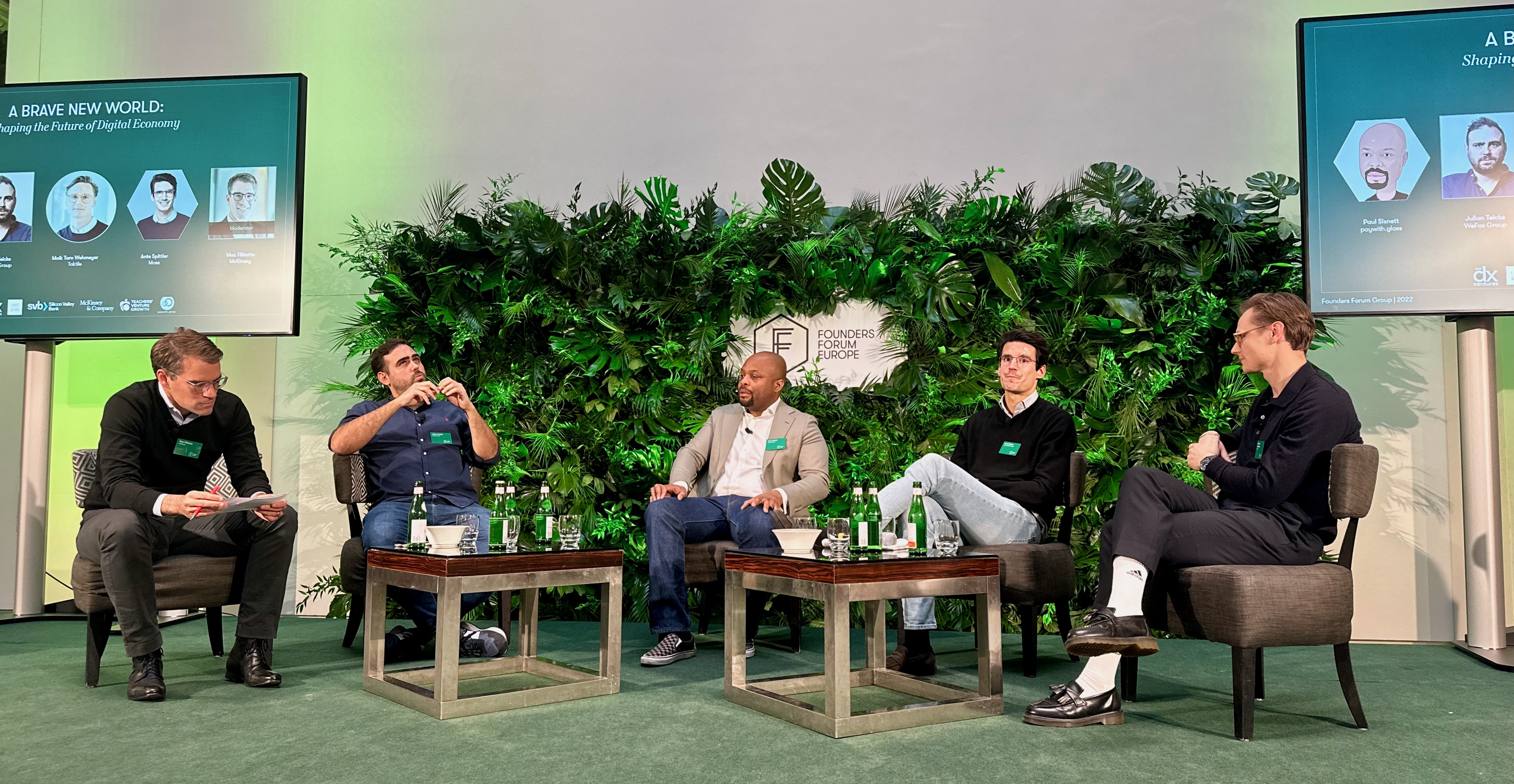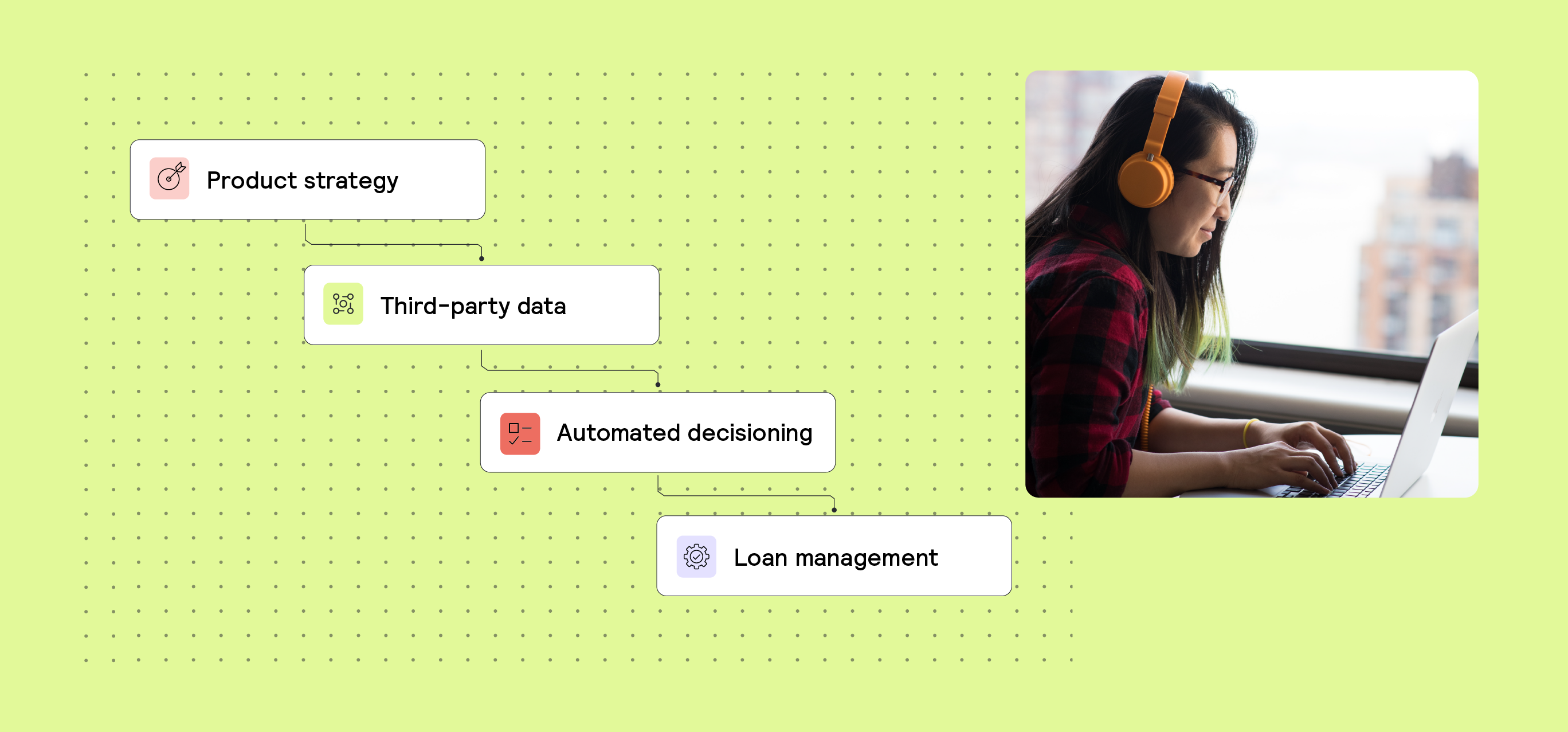B2C, Case Study 5 min read
The future of risk decisioning: Rhino’s innovative approach to empowering risk teams

Challenge: How to empower risk teams to operate at speed?
Solution: A new team and a new decision engine
Impact: A proactive, autonomous team that is making smarter, safer decisions
Meet Rhino: Relieving pressures on renters
Renting an apartment can feel impossible. After spending countless hours finding a place to live, renters then need to put down a hefty sum of money to secure their next home using outdated processes and physical checks. This is where Rhino steps in to alleviate the strain on both renters and landlords.
With Rhino, renters can choose to avoid the standard upfront security deposit and instead pay a small monthly or upfront premium sum, or make use of a modernized experience to satisfy cash deposit requirements. It’s no surprise this win-win approach has found a market: Rhino is now offered in over two million homes and has saved renters over $1 billion.
In 2022, as the macroeconomic environment changed and the rental market shifted, Rhino recognized it needed to move from growth at all costs to profitable growth. Nicole Fong, Director of Risk, and Brian Daniels, Staff Product Manager, realized they would need to adapt their decision strategy to adopt this new approach. “Focusing on profitable growth means you have to be a lot more targeted with your decision-making to reduce risk,” explains Daniels.
Challenge: How to empower risk teams to operate at speed?
To reach profitable growth, the team looked to optimize its balance of security deposit insurance and cash deposits under management. One pain point quickly arose: the team wasn’t able to react quickly enough to changing market conditions.
“I noticed early on that it took us a long time to make updates to our decision-making process,” recalls Fong. “I once reached out to make a change, and the engineering team indicated it could take up to 3 months.”
Fong and Daniels started exploring how to empower their team to operate at speed and better meet the market. “As a risk professional, I am always thinking, ‘How can I find the best match for this market?’” explains Fong. “I started really wondering about alternative options. How can we quickly turn changes around? How can we be more reactive to market conditions? How can we be a more mature company? How can our infrastructure also enable us to do these things?”
This was the starting point for the launch of a new team and the adoption of new technology.
Solution: A new team and a new decision engine
To better respond to the changing market dynamics, Rhino launched a Decision Science Product team. Run by Daniels, the team is composed of 4 people on business, risk, and actuarial teams, an engineering manager, and 4 software engineers.
This team breaks down the silos between data science, engineering, and risk experts, fostering collaboration that enables them to take a holistic view of business decisions. This approach empowers the teams to better explore how these decisions interact with one another and ensure that strategic decisions become tactical to achieve the key objective.
“With the Decision Science team, we can look at the big problems we’re trying to address and break it down into smaller actionable pieces – all while keeping our eye on the big picture,” explains Fong.
As part of this move, Rhino moved their decision-making onto Taktile. “One of the hardest parts of decisioning is how we operationalize our strategy by identifying the best set of underwriting rules,” explains Daniels. “This is the part that Taktile helps the most with. With Taktile, our teams can work cross-functionally with ease to operationalize decisions and implement them immediately. It empowers us to be proactive and reactive.”
Impact: A proactive, autonomous team that is making smarter, safer decisions
This new approach has opened new doors for Rhino’s risk team, empowering them to own risk decisioning and driving benefits across the business. A few key impact points:
1. Enabled the team to act proactively, respond to market conditions, and deliver tailored solutions for customers
Restructuring the team and leveraging Taktile have given Rhino’s Decision Science Team superpowers. “The biggest thing that this has enabled us to do is just free up the risk team. They can do whatever it is that they need to do to the credit logic without having to worry about implementation or engineering,” says Daniels.
“Even people who are not engineers can go in and safely make updates to the rules and decision-making process,” adds Fong. “With the testing infrastructure, we can see the impact before setting it live. This makes it possible to easily build policies that let us be more flexible with what we can offer to people.”
Working with Taktile, the Decision Science team can come up with a new model, test it, and deploy it within 2 to 3 days. If they know what change they want to make, they can update, test, and publish it within 5 minutes. With the previous structure, it would take 4-6 weeks for these steps to happen.
2. Freed up engineering resources to tackle bigger challenges
With Taktile’s decision engine running day-to-day operational decisions and reducing the need for engineering support, Rhino’s Decision Science team is free to focus on higher-value work.
“Offloading the operational decisions and empowering our risk teams to implement changes frees up our engineering team to focus on support systems to aid in the tactical decision, enabling our policies to make even more optimal decisions or other aspects of building a more robust and scalable system as we grow as a business,” notes Daniels.
For example, with the engineering team freed up from maintaining the runtime decisions, they were able to focus on improving the data pipelines for surfacing up credit report information in a more analyst-friendly format. “Having access to more usable data led to insights that we were able to incorporate into our pricing and underwriting models, which we were able to deploy very easily via Taktile,” explains Fong.
3. Inspired transparency and stability
Having one team and one system not only improves efficiency but also offers greater transparency and stability.
“Making changes to pricing is much easier. Previously, if we wanted to offer a discount for paying upfront, we would have had people going back and forth to change things in our internal infrastructure and recalculate things,” says Fong. “By moving that logic into Taktile, I can instantly give you that price and another, depending on what the customer chooses.”
Having one central place for the team to work also makes it easier to showcase what the Decision Science team is doing, what changes they are making, and what impact they’re having on the business.
As the market continues to evolve, the Rhino Decision Science team is well prepared to respond to any volatility and improve profitability. “Our team is working well together, and we’re making huge progress toward our goals,” said Daniels.
“We’re already using Taktile’s horizontal decision engine across three use cases and we now find ourselves continuously looking at the user lifecycle to identify what else we can bring inside the platform to drive improvements.”





